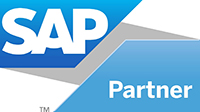Reliability Centered Maintenance (RCM) seeks to ensure the reliability of your plant’s equipment and processes through understanding equipment functions, functional failures, failure modes and failure effects. Our consultants develop effective RCM strategies on safety, operational and economic criteria, using failure data, system design redundancies, process and operating experiences. Employing commercial tools and a systematic, structured decision process, we develop specific maintenance strategies for every asset, including mitigating plans for each failure mode. Our experienced consultants employ a structured decision process to ensure RCM failure modes are specified at a detailed level, addressing the part, problem and specific causes of failure, generating a reliability strategy and mitigating tasks that enable you to optimise the operational reliability of your plant and assets.







